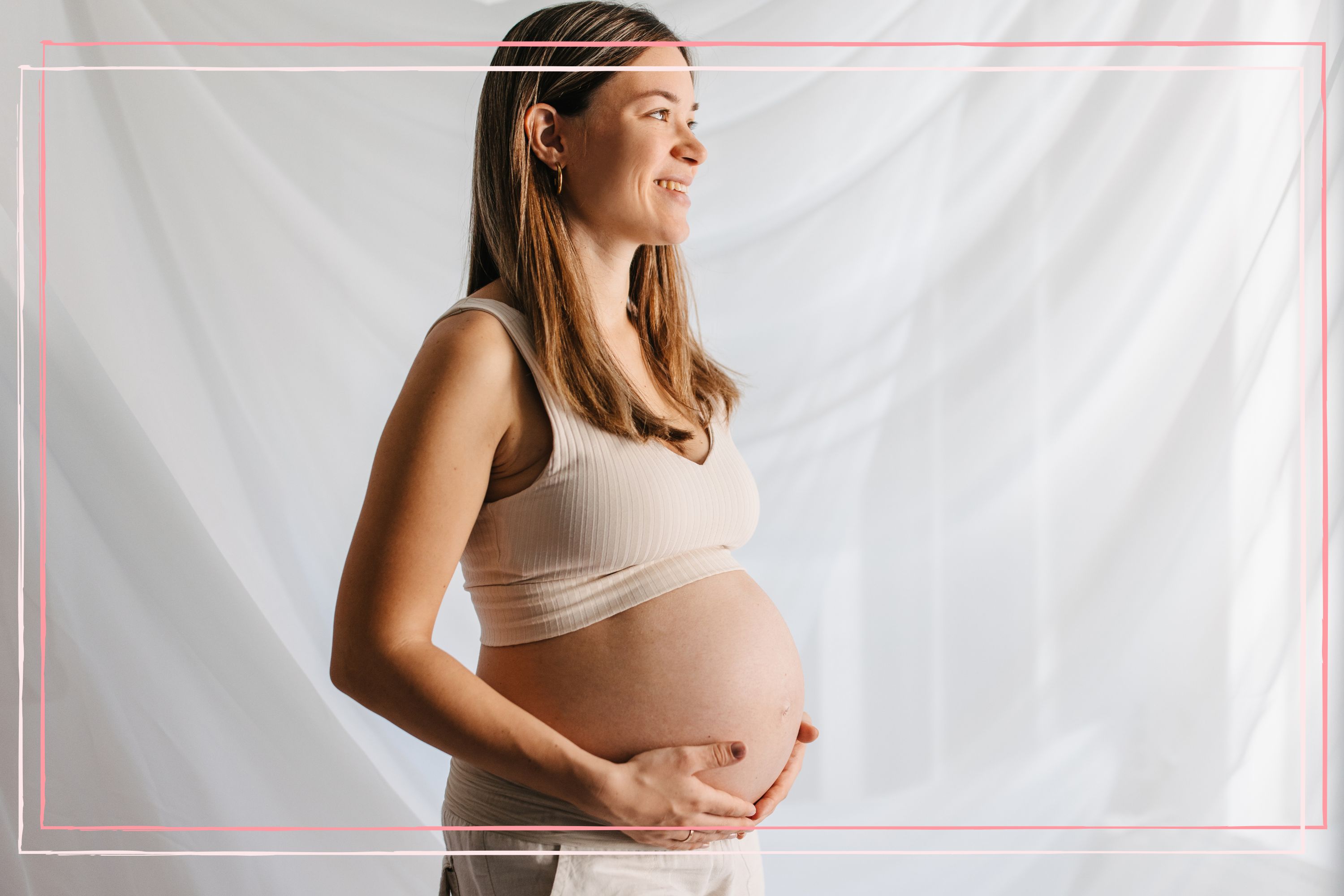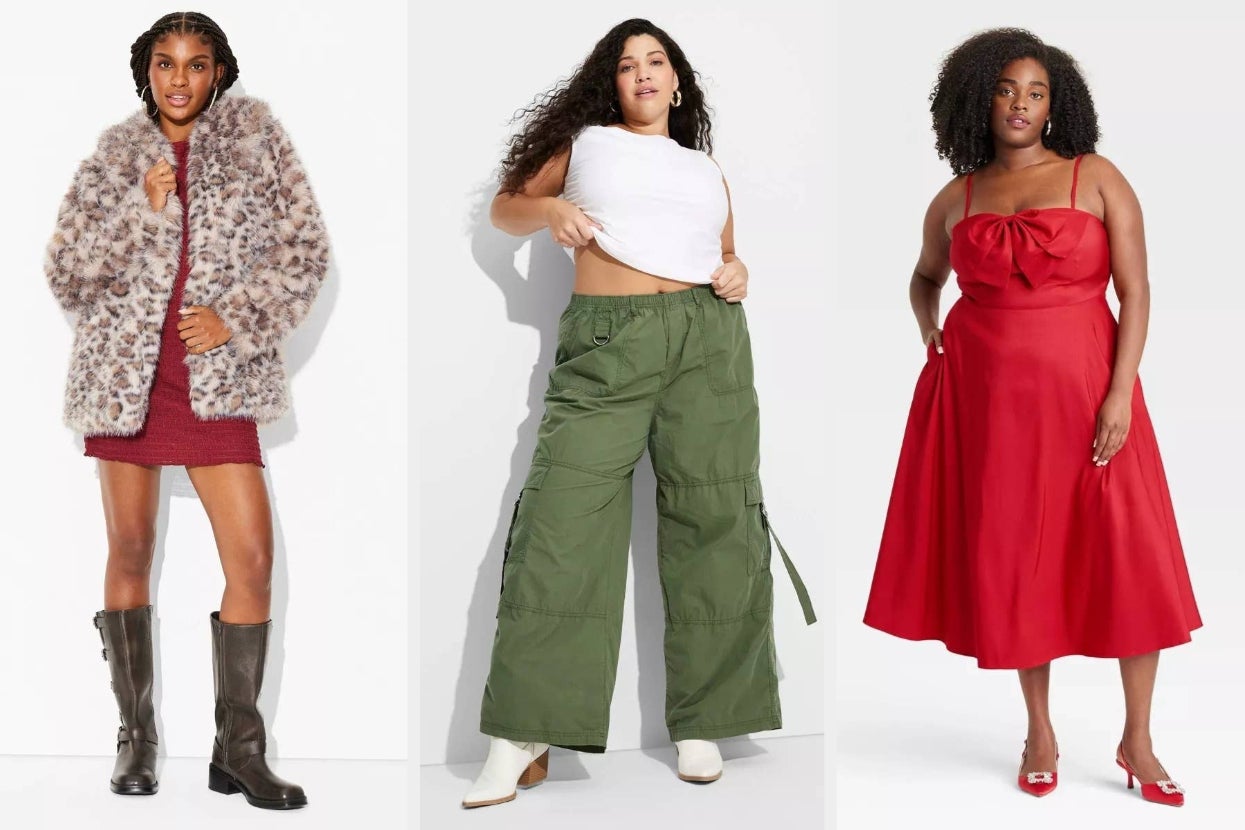We all know that there’s no such thing as a healthy suntan so while we’re all for moments of relaxation in pregnancy, sunbathing on a lounger is not advisable. Similarly, is a big no-no - quite frankly, it’s dangerous whether you’re pregnant or not. The easier and safer option comes from a bottle.
“The reason for this," explains skincare expert , "is cream, mousse and lotion cannot penetrate through the skin and into the bloodstream. It is just a surface reaction created through our own amino acids and DHA, which results in a brown veil over the skin." We’ve aske the experts on the safest way to use fake tan in pregnancy, the ingredients to avoid and the best formulas to achieve a golden glow while you’re expecting.
If you’re expecting or trying to conceive, you’ll know that there are like retinoids, hydroquinone and certain acids. Luckily for those seeking sunkissed skin, self-tan creams, lotions and mousses are generally considered to be safe. According to the , “The active ingredient in fake tan is dihydroxyacetone (DHA).
This is a non-toxic substance that reacts with cells in the outermost layer of the skin and produces a brown pigment (colour) called melanoidin. As the DHA isn't thought to go beyond the outer layer of skin, it isn't absorbed into the body and can't harm your baby." Some expectant mothers may still have concerns about using fake tan in pregnancy, so let's break it down.
The DHA used in creams, lotions, waters, mousse and gels is made o.


















